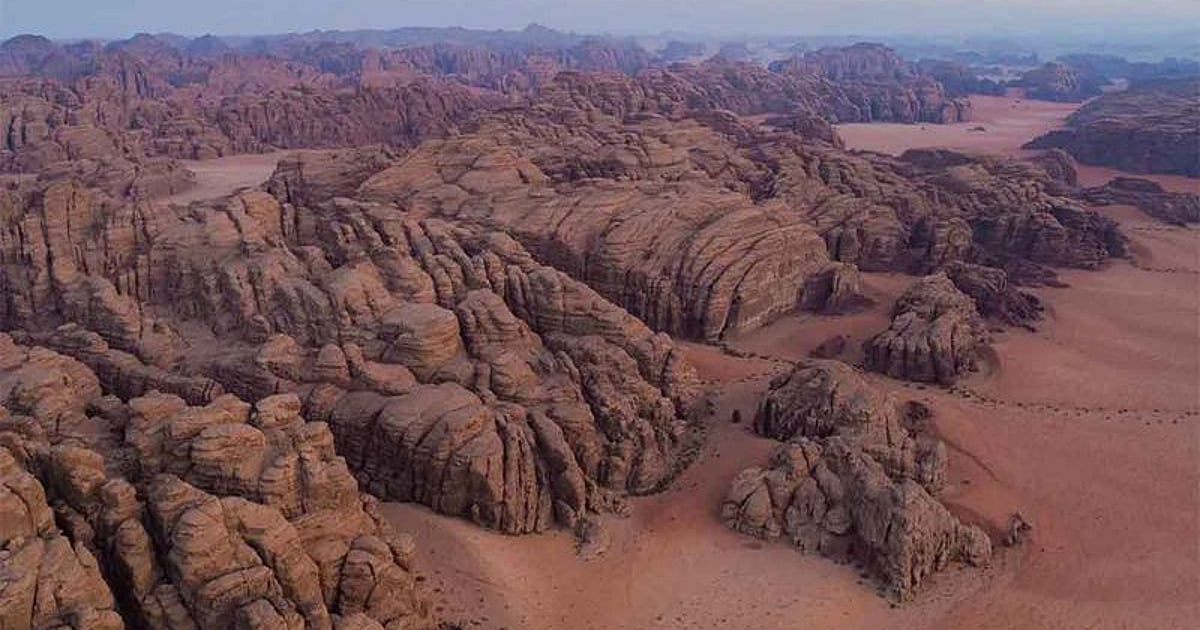Saudi Arabia Registers 1,516 New Archaeological Sites
Saudi Arabia’s commitment to preserving its rich cultural heritage continues to grow, as evidenced by the recent registration of 1,516 new archaeological sites. This significant addition brings the total number of documented sites in the Kingdom to 11,577, highlighting the ongoing efforts to explore and protect the nation’s historical treasures.
Overview of Newly Registered Sites
The newly documented sites are distributed across various regions, with the majority located in Riyadh, which accounts for 1,174 sites. Other notable regions include Al Baha with 184 sites, Tabuk with 85, the Northern Borders region with 70, and three sites in Jeddah. This expansion follows a series of remarkable archaeological discoveries that reveal the Kingdom’s extensive historical narrative and cultural diversity.
Recent Discoveries
Earlier this month, the Heritage Commission announced the discovery of life-size rock art engravings in the Al Nafud desert, estimated to be between 11,400 and 12,800 years old. This find adds to the Kingdom’s archaeological significance, showcasing the artistry and historical context of ancient civilizations.
Additionally, a groundbreaking discovery was made three weeks ago with the identification of the oldest known human settlement in Masiyon, Wadi Damm, located northwest of Tabuk. This settlement, dating back over 10,000 years, provides invaluable insights into the early human presence in the Arabian Peninsula.
Community Involvement
The Heritage Commission emphasizes the importance of community participation in preserving Saudi Arabia’s archaeological heritage. Citizens and residents are encouraged to report any unregistered archaeological sites through the Archaeological Site Reporting service, the commission’s official social media channels, or local branches. This initiative aims to foster public engagement in safeguarding the nation’s cultural legacy.
FAQs
What is the total number of archaeological sites in Saudi Arabia now?
With the recent registration, the total number of documented archaeological sites in Saudi Arabia has reached 11,577.
How can the public contribute to preserving archaeological sites?
The public can report unregistered archaeological sites through the Archaeological Site Reporting service or the commission’s social media accounts, promoting community involvement in heritage preservation.
What are some recent significant archaeological discoveries in Saudi Arabia?
Recent discoveries include life-size rock engravings in the Al Nafud desert and the oldest known human settlement in Masiyon, Wadi Damm, both highlighting the Kingdom’s rich historical narrative.
Conclusion
The registration of 1,516 new archaeological sites underscores Saudi Arabia’s dedication to preserving its cultural heritage. As the nation continues to uncover its historical treasures, community involvement remains crucial for the protection and documentation of these invaluable sites for future generations.
The recent surge in the registration of archaeological sites reflects a broader trend in Saudi Arabia’s approach to heritage conservation. The Kingdom has been increasingly investing in archaeological research and site preservation, recognizing the importance of its historical narrative in shaping national identity. This commitment is part of a larger initiative to promote tourism and cultural awareness, as the government seeks to position Saudi Arabia as a destination for heritage tourism.
In addition to the archaeological discoveries, the Heritage Commission has been actively collaborating with international experts and institutions to enhance research methodologies and conservation techniques. This partnership aims to ensure that the sites are not only documented but also preserved for future generations. The involvement of global scholars has brought new perspectives to the understanding of the region’s ancient civilizations, further enriching the narrative of Saudi Arabia’s past.
Moreover, the registration of these sites is crucial for academic research and education. Universities and research institutions can utilize this data to study the evolution of human societies in the Arabian Peninsula, contributing to a more comprehensive understanding of regional history. As archaeological efforts continue, the potential for new discoveries remains high, promising to unveil even more about the Kingdom’s diverse cultural heritage and its significance in the broader context of human history.
Also Read:
Saudi Arabia Arrests Over 21,000 in Immigration Crackdown







